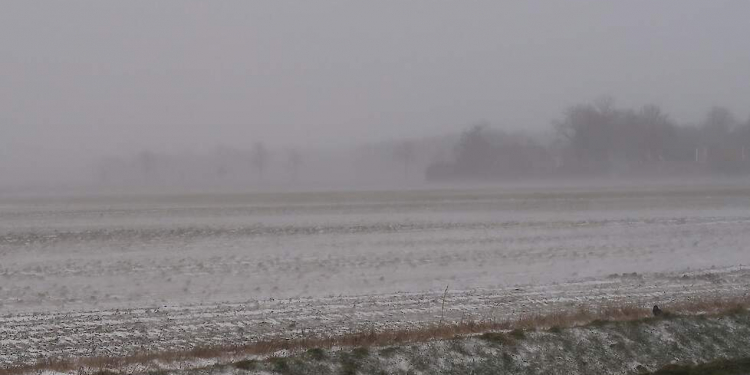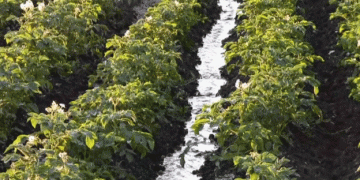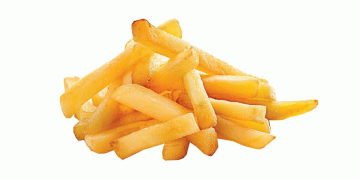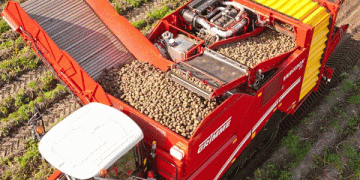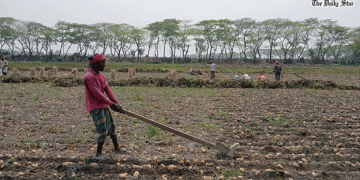Because little snow fell in large parts of Groningen at the beginning of last week, the chances in this part of the Netherlands are greatest that leftover potatoes have been frozen. Elsewhere in the Netherlands, the cold snap did not penetrate far into the ground, because of the snow cover or because it was less freezing than in Groningen.
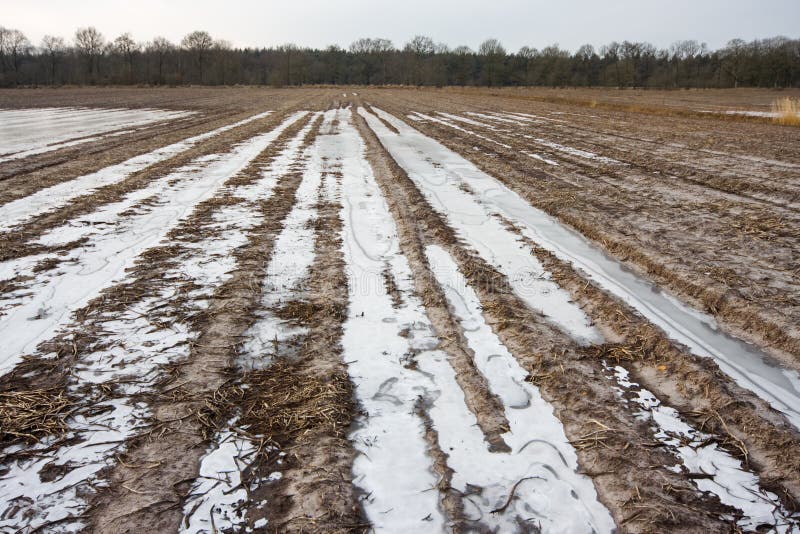
Not much snow fell in South Limburg and Zeeuws-Vlaanderen either, but the cold snap was less severe in those regions. On average, the official KNMI measuring station in Maastricht registered a 24-hour average of -3.8 ⁰ C from 6 to 14 February. At the official KNMI measuring station in Eelde, the mercury remained stuck at an average of -4.2 ⁰ C during the same period. soil temperature was already lower in Groningen, due to the large difference in air temperature in the week before the cold snap.
Snow cover thickness
Satellite images from last weekend and official KNMI observations of the snow depth provide an increasingly clear picture of the thickness of the snow cover during the cold snap. On Monday morning, February 15, no snow cover was measured in parts of Zeeuws-Vlaanderen, South Limburg and North Groningen. In contrast, at that time large parts of Drenthe, Overijssel, Gelderland, East Brabant and North Limburg were still covered under a layer of snow of at least 5-10 centimeters.
Under a closed snow cover, the soil temperature has hardly fallen below freezing point, according to soil temperature data from AppsforAgri, based on Fieldmate equipment, and AgroExact. Soil and crop laboratory Eurofins and the KNMI have not measured soil temperatures far below zero with a closed snow cover.
Soil structure improvement
The cold snap earned the predicate nationwide with the exception of 0.1 ⁰ C, measured in De Bilt. According to agro-meteorological specialist Erno Bouma, the effect of the cold snap on the soil structure should not be exaggerated anyway. “In places with little or no snow, the top layer will be nicely weathered. The plow sole is only sporadically broken in a single place. ” According to Bouma, soil compaction around the plow sole at 25-30 centimeters is also not the biggest problem, but compaction by heavy machines at a depth of more than half a meter in the ground.

